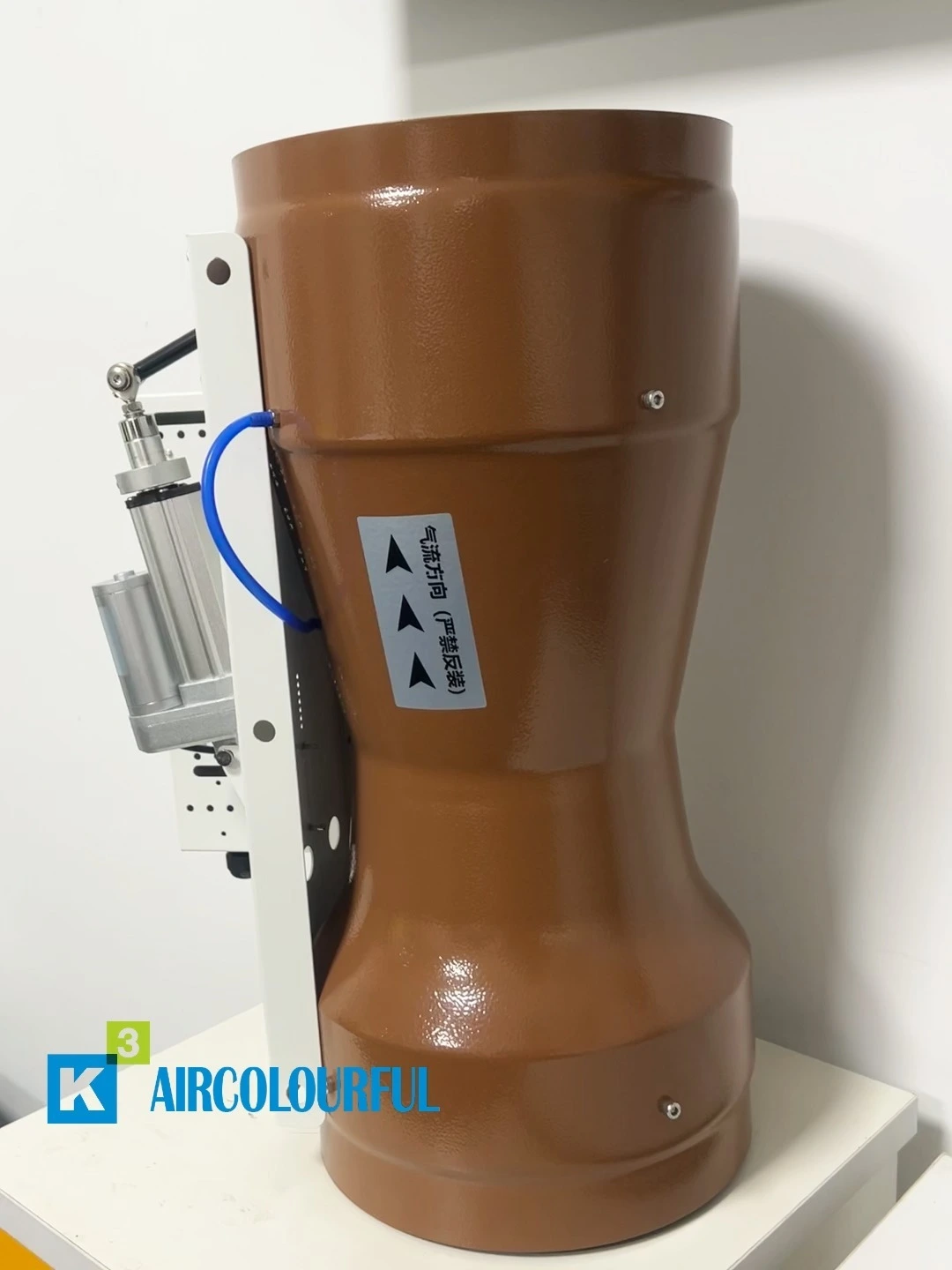Venturi valve for Laboratory fume hood
Venturi valve's Features
High Precision: Airflow control accuracy up to ±5%, meeting the needs of scenarios requiring high airflow stability.
Rapid Response: Response time less than 1 second, quickly responding to system pressure changes.
Pressure Independence: Within the rated range, flow rate depends only on the spring setpoint or preset value, independent of system pressure fluctuations.
Low Maintenance: Purely mechanical structure or a simple structure combining mechanical and electronic components, without complex electronic parts, strong resistance to contamination, and low maintenance costs.
Quiet Operation: Through aerodynamic design, the valve operates with low noise, causing no environmental interference.
| Material | Lead plate material, conventionally coated with epoxy resin |
| Pressure difference across valve | 150-750Pa |
| Airflow control accuracy | ±5% |
| Response time | Within 1 second relative to the change in control signal |
| Operating temperature | 0-50℃ |
| Operating humidity | 10-90%RH (non-condensing) |
| Power supply | DC24V, 60W |
| Control input signal | 0~10V |
| Airflow feedback signal | 0-10V |
Core Working Principle
1. Utilizing the Venturi effect, the airflow is accelerated through the internal throat structure of the valve, forming a stable jet.
2. Equipped with a differential pressure sensor and controller, it monitors system pressure or flow changes in real time, quickly driving the valve core to adjust the throat cross-sectional area.
3. Unaffected by fluctuations in pipeline resistance, it ensures that the output flow or pressure remains stable at the set value.









